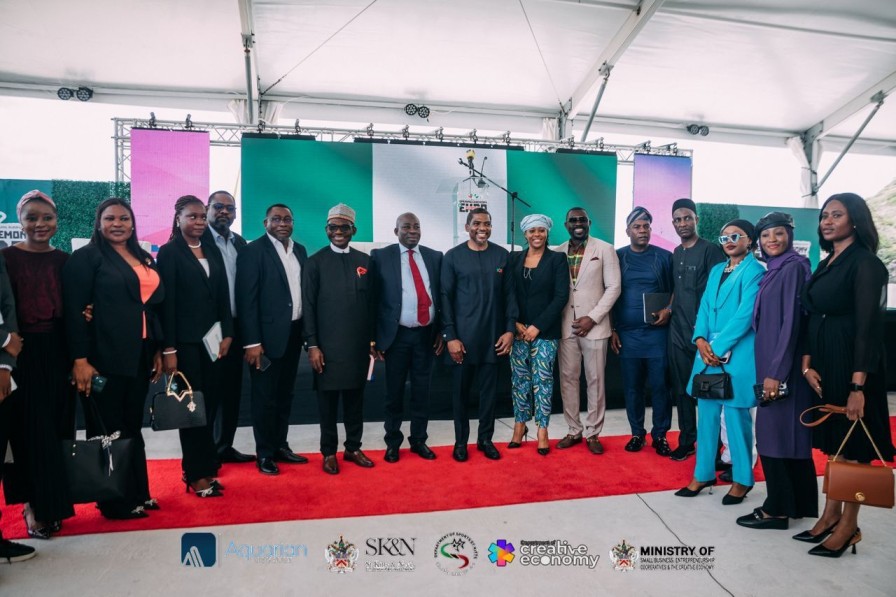PROTECT YOUR DNA WITH QUANTUM TECHNOLOGY
Orgo-Life the new way to the future Advertising by AdpathwayOfficial Singapore Exchange data and TradingView charts show iron ore futures for 62% Fe CFR China traded at $95.20 per ton on June 16, 2025, holding near multi-month lows.
The market moved little in the past 24 hours, with prices fluctuating between $94.50 and $95.30. The session saw limited volatility and subdued trading volumes, reflecting a cautious mood among market participants.
Technical analysis of the daily chart reveals a persistent downtrend. Prices remain below the 50-, 100-, and 200-day moving averages, which cluster between $95.61 and $101.53.
The Relative Strength Index (RSI) sits at 35.70, close to oversold territory, while the MACD remains negative, although its histogram shows signs of convergence.
Bollinger Bands indicate that the price continues to hug the lower band, suggesting ongoing downward pressure but also the risk of a technical bounce. The four-hour chart confirms this, with the RSI at 43.14 and the price consolidating just above the $94.75 support.
 Iron Ore Prices Hold Near Lows as Oversupply and Weak Chinese Demand Persist. (Photo Internet reproduction)
Iron Ore Prices Hold Near Lows as Oversupply and Weak Chinese Demand Persist. (Photo Internet reproduction)The MACD on this timeframe is flat, reinforcing the lack of strong directional conviction. Fundamental factors continue to weigh on sentiment. Chinese steel demand remains weak, with official data showing only modest output growth and high port inventories.
The latest figures report 146.85 million tons of iron ore at Chinese ports, up 28% year-on-year. This signals persistent oversupply, as mills focus on cost control and favor lower-grade feedstocks.
Supply from Australia and Brazil remains steady, with no new disruptions reported. The downgrade of Pilbara Blend fines quality by Rio Tinto has not offset the broader demand weakness.
Iron Ore Struggles Amid Tepid Chinese Demand
Macroeconomic signals from China remain tepid. The most recent Purchasing Managers Index points to continued contraction in manufacturing, and fixed asset investment growth has slowed.
Heavy industry investment, which previously supported steel demand, now shows signs of plateauing. Global steel demand is projected to rise by 1.2% in 2025, according to the World Steel Association, but China’s demand is expected to decline by 1% due to its struggling real estate sector.
Meanwhile, increased production from Australia, Brazil, and new supply from Guinea’s Simandou mine are driving global supply higher and pushing prices lower.
No major ETF inflows or outflows have been reported, and open interest remains steady, reflecting a market in search of direction. The $94.75 level stands as immediate support, with resistance at $97.35 and $98.97.
The rebound above $96 earlier this month suggests some traders view sub-$95 prices as unsustainable in the short term, but the broader trend remains cautious.
Unless Chinese demand improves or supply tightens, iron ore prices may struggle to break above resistance. Volatility is likely to persist as the market continues to grapple with oversupply and lackluster demand.


 3 weeks ago
3
3 weeks ago
3










 English (US) ·
English (US) ·  French (CA) ·
French (CA) ·  French (FR) ·
French (FR) ·